Lending interest rates are at their lowest level in many years and according to experts, there is very limited room for further reduction. In this context, the demand for loans is increasing significantly, especially in segments that benefit from public investment and young home buyers when loan packages have quite preferential interest rates.
Interest rates "cool down", young people consider taking out loans to buy houses
Many experts predict that lending interest rates will continue to be kept stable in the second half of 2025 to help businesses and people access capital more easily.
According to a new document issued by the State Bank, people under 35 years old who borrow to buy social housing will enjoy an interest rate 2 percentage points lower per year compared to the average medium and long-term loan rate of four major banks: Agribank , BIDV, Vietcombank and VietinBank. This incentive applies for the first 5 years from the time of disbursement.
From now until December 31, the interest rate for social housing loans for young people is 5.9%/year, down 0.2 percentage points compared to before. In the next 10 years, the interest rate will be 1 percentage point lower per year compared to the medium and long-term average of the “Big 4” banking group.
Not only social housing loans, interest rates for commercial housing are also considered to be at a record low in two decades.
Ms. Hoang Diem (39 years old, office worker) is considering borrowing an additional 1 billion VND to buy a 2-bedroom apartment, area 60m² in Cau Giay area ( Hanoi ), priced at about 5.3 billion VND. Currently, she has more than 4 billion VND saved.
“I surveyed 4 banks and found that the first year loan interest rate fluctuates around 5-6%/year. From the second year, the floating interest rate can go up to 9-10%/year. With a loan of 1 billion, term of 20 years, each month paying both principal and interest is about 10 million VND, within my ability to pay, so I am considering it,” Ms. Diem shared. According to her, the current interest rate level has decreased significantly compared to the beginning of the year, especially when banks no longer mobilize capital with high interest rates like before.
Meanwhile, Ms. Vu Bich Thao (residing in Hoang Mai district, Hanoi) is still hesitant when thinking about borrowing money to buy a house, although she admits that interest rates have dropped significantly. “I researched a few banks and found that the loan conditions are not too difficult. But what worries me is the floating interest rate after the preferential period,” she said.
According to Ms. Thao, if the lending interest rate increases again to 11-12%/year as some forecast, the 1 billion loan will make the monthly payment of more than 17 million VND, which has become a financial burden for the family. "I am still considering because I know that the current interest rate is the lowest in the past 20 years, and may not go any lower in the near future," she said.
According to economic expert Dr. Tran Duy Khang, home loan interest rates are currently at their lowest in history, even lower than during the COVID-19 pandemic. “Currently, interest rates fluctuate around 5-7%/year, down 3-4 percentage points compared to early 2020, or down about 30-50% depending on the bank,” said Mr. Khang.
He assessed that the preferential policy for people under 35 years old is a positive solution, encouraging first-time home ownership. However, the reality is that not everyone can access it, because housing prices are still too high compared to the average income of young people. “Only people with stable income and good financial status can access safe loans,” Mr. Khang added.
Some other experts also recommend that homebuyers need to carefully calculate their cash flow and ability to repay the loan throughout the entire loan cycle, and should not only look at the preferential interest rate in the first year. Floating interest rates, although low, can still increase again if credit demand increases sharply or monetary policy is adjusted in a tightening direction.
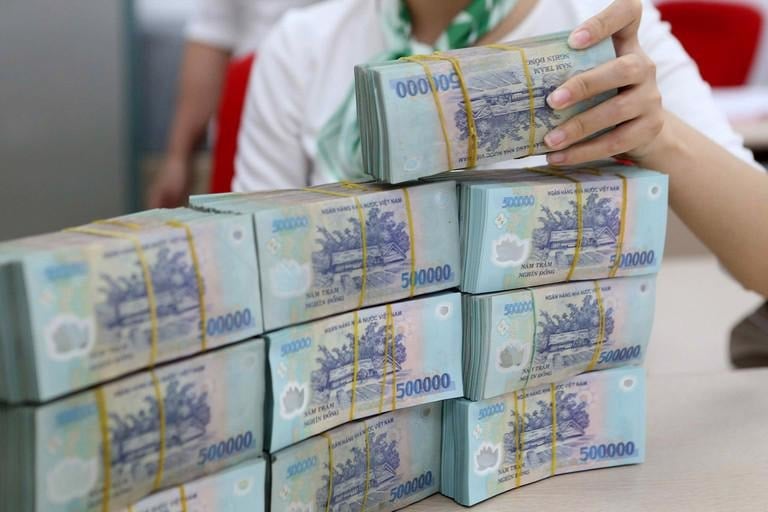
Access to capital and policy warnings
Acting as a “lever” for economic recovery, lending rates are currently at record lows – even lower than during the COVID-19 pandemic support period. However, behind this seemingly favorable picture are many potential risks regarding exchange rates, capital flows and the balance of monetary policy in the second half of 2025.
According to the latest report of the State Bank of Vietnam (SBV) on the implementation of the National Assembly's interpellation resolutions, by mid-April 2025, the average lending interest rate for new loans of the commercial banking sector reached about 6.34%/year, down 0.6 percentage points compared to the end of 2024. This is the lowest level in many years, even lower than the bottom of 7.9% recorded in the first quarter of 2022 in the post-COVID-19 period (data from Finpro).
Maintaining low interest rates is creating an important driving force to help people and businesses access cheap capital, promote consumption, investment and expand production, especially in the fields of export, agriculture and small and medium enterprises.
In Ho Chi Minh City, which accounts for a large proportion of the country's total outstanding credit, credit is showing clear signs of growth. Mr. Nguyen Duc Lenh, Deputy Director of the State Bank of Vietnam, Region II Branch, said that the total outstanding credit in the area has reached over VND4,165 trillion, up 13% over the same period in 2024. Of which, loans for small and medium enterprises account for about 35%, showing that priority policies are on the right track.
In particular, credit disbursed for exports also achieved impressive growth. Total outstanding export loans in the first 5 months of 2025 reached VND 146,500 billion, up 42% compared to the end of last year and 52% compared to the same period in 2024. Explaining this growth, Mr. Lenh said: "Export enterprises have the characteristics of fast capital turnover, short recovery time and stable cash flow, helping credit flow circulate effectively, limiting the risk of bad debt."
Ho Chi Minh City has also implemented many specialized credit packages for the export sector. Typically, the VND100,000 billion package to support the agricultural, forestry and fishery supply chain has so far disbursed more than VND2,000 billion, with outstanding loans reaching over VND4,000 billion for more than 3,000 customers, mostly small and medium enterprises.
Although the credit picture is quite bright, experts still emphasize the need to closely monitor the macroeconomic consequences if low interest rates persist. Associate Professor, Dr. Nguyen Huu Huan, Lecturer at Ho Chi Minh City University of Economics, warned: “If the State Bank continues to pump abundant liquidity, interest rates will remain low. But this will put great pressure on the exchange rate, especially in the context of the VND having depreciated against the USD in recent months, although the greenback is showing signs of weakening.”
Mr. Huan also said that the risk of “double weakness” is entirely possible when on one side is exchange rate pressure, on the other side is potential inflation if cheap capital flows not into production but into speculation and risky assets. At that time, keeping interest rates low to promote growth can cause monetary policy to become unbalanced, and eventually have to return to “tightening” more strongly in 2026.
For many businesses, especially those with large loans, floating interest rates are still a hidden concern. The preferential interest rate in the first year is only a "temptation", then depending on the market, it can jump to 9-11%/year, or even higher if credit demand increases suddenly. Forecasting and managing cash flow in the medium and long term will be a matter of survival for businesses borrowing capital at this time.
The future of interest rates depends on two key factors: the direction of the SBV's monetary policy in the second half of the year, and global geopolitical and economic fluctuations. In the short term, the trend of interest rates will continue to be maintained at low levels to support growth. However, signals from the bond market, exchange rates and pressure to increase capital mobilization from banks show that interest rates may reverse if hot money flows return.
Experts recommend that people and businesses should be cautious when borrowing money, especially long-term loans. They should not expect too much from low interest rates for a long time, but should calculate plans to prevent interest rate risks in the future.
On the management side, maintaining stable monetary and fiscal policies, maintaining systemic liquidity, controlling capital flows and preventing speculation are vital factors to take advantage of the opportunities that the current low interest rate level is bringing.
Source: https://baolamdong.vn/lai-suat-cho-vay-cham-day-ky-luc-381043.html





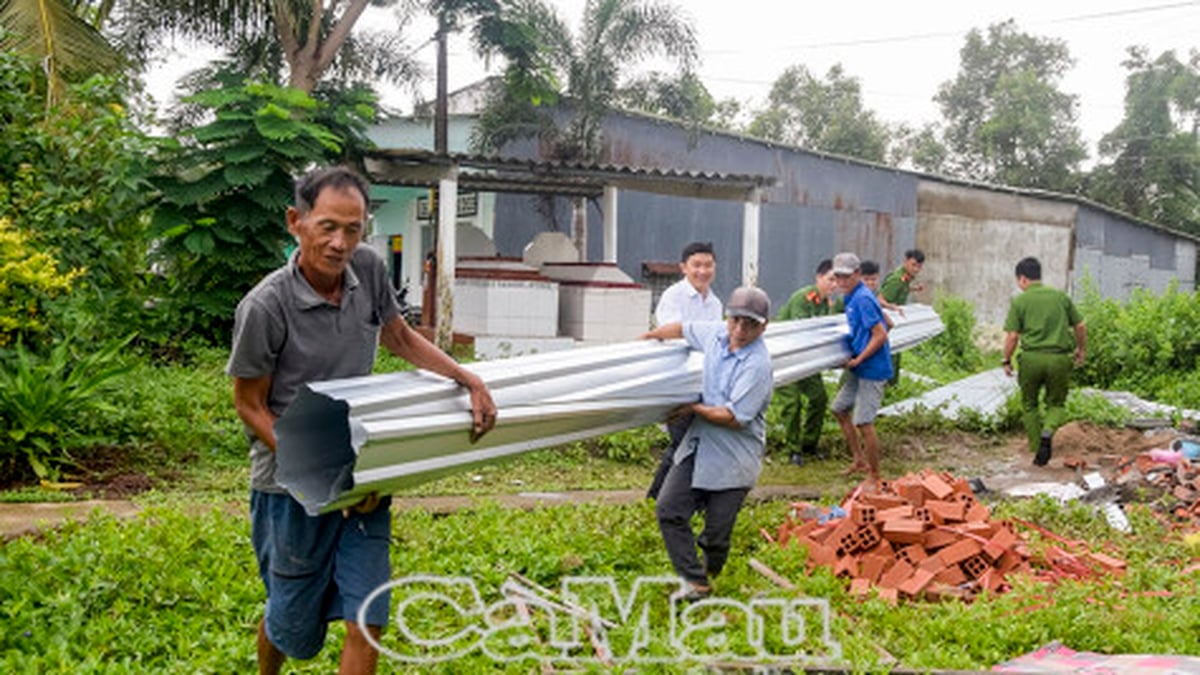
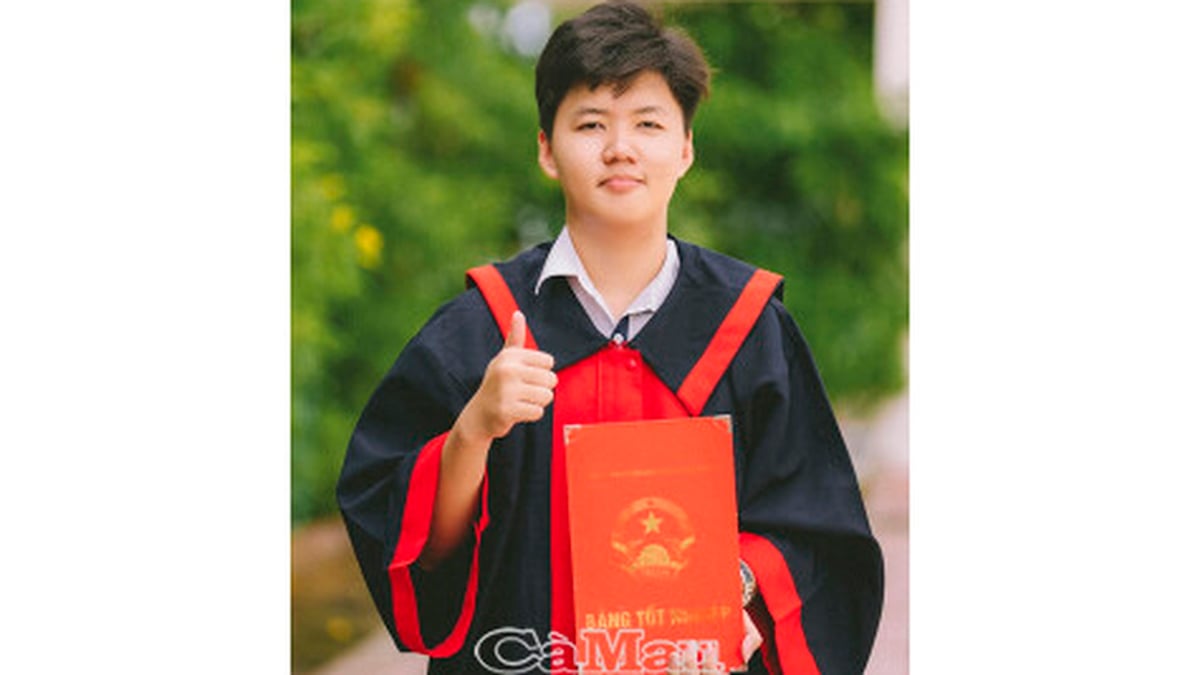
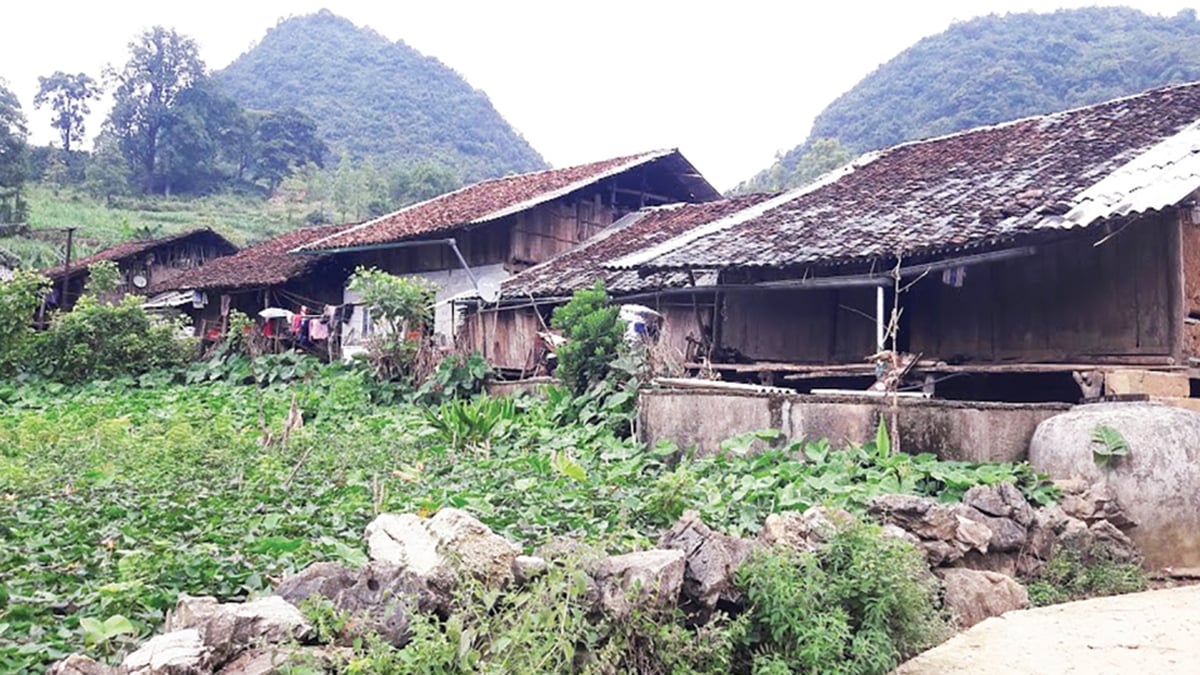
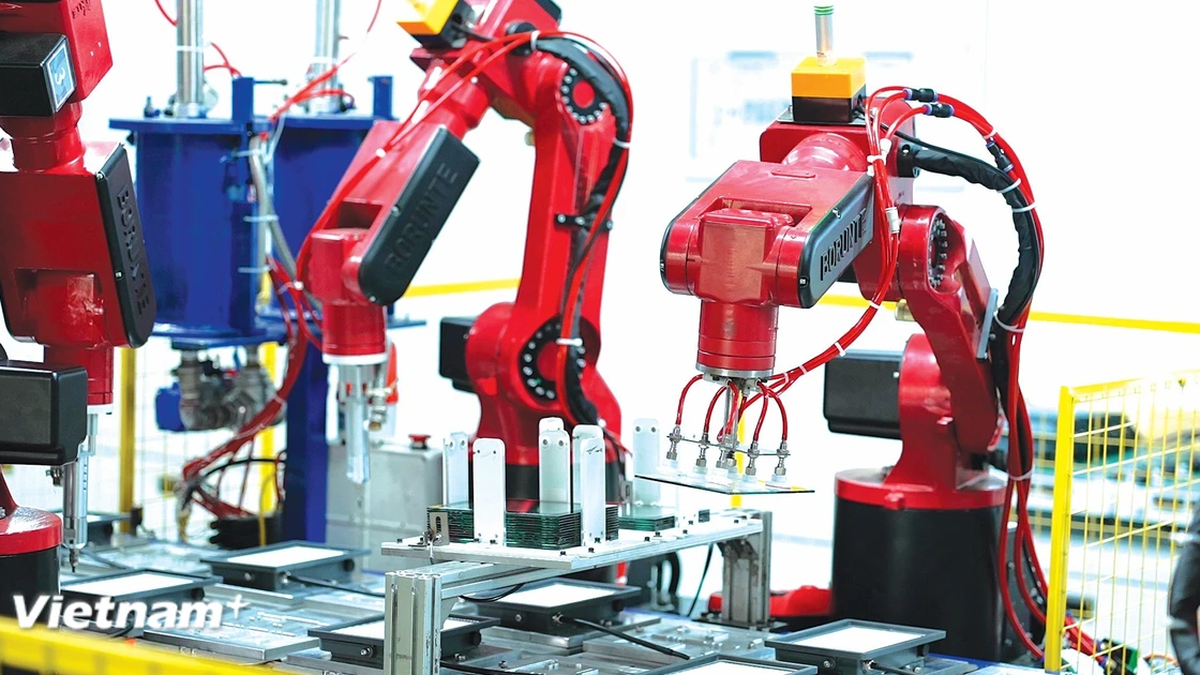











































![[Maritime News] More than 80% of global container shipping capacity is in the hands of MSC and major shipping alliances](https://vphoto.vietnam.vn/thumb/402x226/vietnam/resource/IMAGE/2025/7/16/6b4d586c984b4cbf8c5680352b9eaeb0)













































Comment (0)